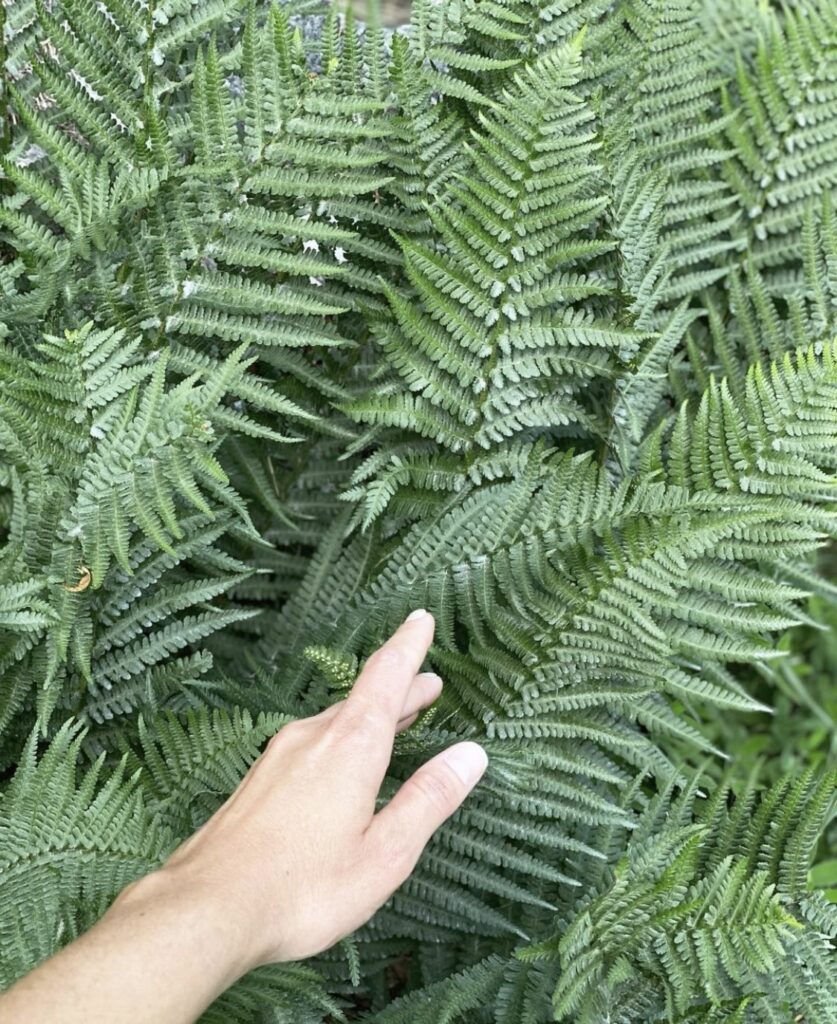
In a world overwhelmed by rapid consumerism, instant gratification, vast knowledge at our fingertips, and an abundance of choices for material possessions, transportation, and urban development, it is undeniable that we carry a heavy burden. There are moments when we find ourselves overwhelmed by the relentless pace at which everything moves, surpassing the capacity of our mind and body to adapt. The perpetual motion of the world around me sometimes leaves me struggling to keep pace, resulting in a mental and physical overload.
This overwhelming state of affairs is reflected in the deteriorating health of our cities and societies, the alarming prevalence of mental health disorders, the disruption of hormonal functions and fertility, and the pollution that engulfs our natural surroundings. In the face of these challenges, it becomes crucial to comprehend the concept of adopting a low-tox lifestyle. So, where do we even begin to unravel the meaning of a low-tox living approach?
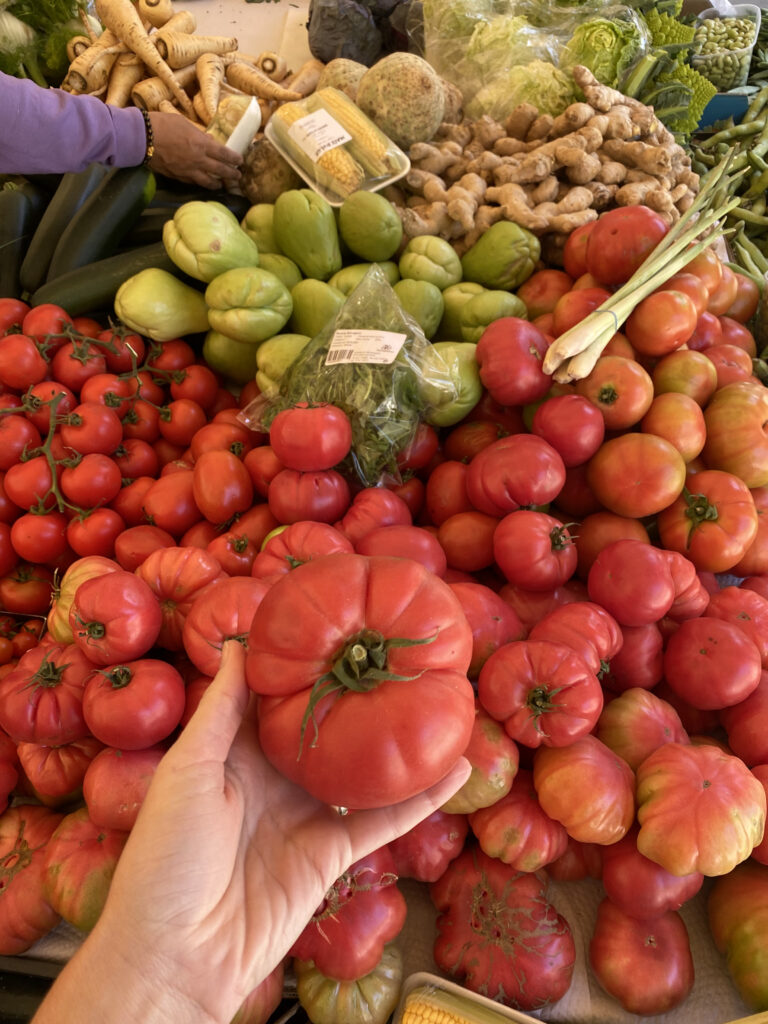
I once heard a functional doctor describe it beautifully:
“All the experiences we have had, all the toxins, all the thoughts, all the food we eat, the water we drink, the products we use, and the clothes we wear create the expression of who we are in this very moment. We have the power to determine who we are and what we become. We have the ability to heal or let it consume us.”
How impactful and powerful is that? Personally, it made me feel incredibly empowered. Once I started educating myself about the ingredients in the food I ate, understanding where it came from, questioning the effects of the products I put on my skin or inhale, and recognizing how my hormonal and lymphatic systems were influenced by what I put in and on my body, I stopped floating around unconsciously. I started asking the right questions and had the choice to decide what would impact my vitality and well-being. I plan on being here for a long time, not just for a good time.
Give me the low down- what is a low-tox lifestyle?
In a world surrounded by numerous synthetic chemicals found in our food, personal care products, cleaning supplies, and even the air we breathe, low tox living aims to create a safer and healthier environment for ourselves and our families. It involves making conscious choices and adopting practices prioritizing natural, non-toxic alternatives.
Low-tox living encompasses various aspects of daily life, including diet, household products, personal care routines, and even the materials used in our homes. It emphasizes using organic and locally sourced foods, choosing natural and eco-friendly cleaning products, opting for non-toxic personal care items, and creating a toxin-free home environment.
While living in an entirely “no-tox” world is impossible, low tox living seeks to reduce exposure to chemicals and toxins. Its goal is to support overall well-being, improve air quality, protect our skin and bodies from harmful substances, and contribute to a more sustainable and environmentally friendly lifestyle. In upcoming posts, we will jump into what these chemicals are and which ones to start watching out for.
Why am I so passionate about this? Because low-tox living encourages individuals to be mindful consumers, educate themselves about potential hazards, and make informed choices that prioritize their health and the planet’s health. Ultimately, low-tox living is about embracing a more conscious and intentional approach to our everyday lives, aiming to create a healthier, safer, and more sustainable environment for ourselves and future generations.

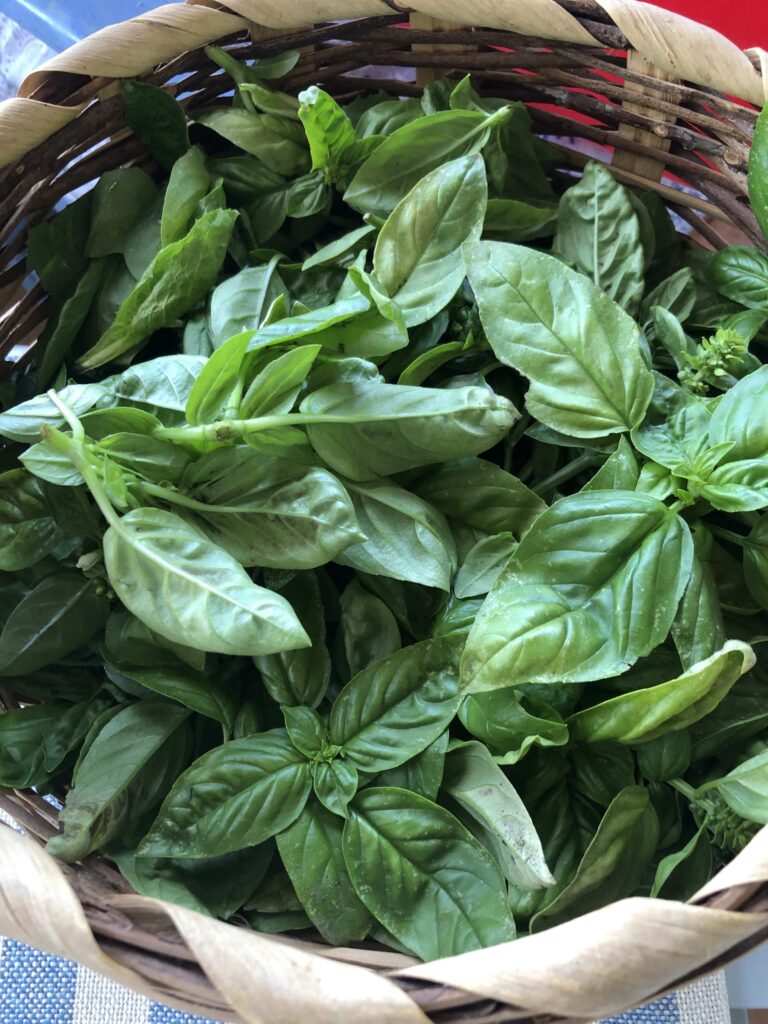
My First Low Tox Reality Check:
I had my first experience with a kinesiologist in Cape Town approximately eight years ago. The remarkable experience left me questioning almost everything I thought I knew and understood about health, our bodies, and their detoxing functions. It made me painfully aware of how burdensome our lifestyle choices can be, not only in our present but also in how they can manifest in the future. This experience happened before my understanding of our lymphatic systems or other holistic healing alternatives.
Kinesiology is a complementary therapy that combines principles from various disciplines, including anatomy, physiology, chiropractic, and Traditional Chinese Medicine (TCM). It involves assessing muscle responses to identify imbalances and promote physical, emotional, and energetic well-being. This doctor had a very progressive approach.
Various blood tests, hair samples, other diagnostic methods, and laboratory tests followed my appointment. The results were extraordinary but the problem was simple: the information I was handed was too burdensome and overwhelming. I discovered that I had a parasite in my digestive system, which is extremely common worldwide, especially in Africa, where consuming fresh produce can lead to infection. Parasites inhibit the body from absorbing nutrients and ultimately wreak havoc on the body and also not just our physiological health, but psychological one too. Similarly, underlying mold or fungal infections can have a similar impact. Many people live with these symptoms for decades, not truly living but merely surviving. In my case, the hair samples revealed heavy metal toxicity, and all my underlying symptoms, such as anxiety, low energy levels, and digestive problems, suddenly became clearer.
Despite the black-and-white results, I didn’t continue with the protocol then and resumed my normal lifestyle activities. I was young, impatient and ill-equipped to take action. The turning point came in my early 30s when the symptoms became stronger and I could no longer ignore them. By then however, I had developed enough curiousity to question them and enough knowledge gained through my healing journeys to start healing successfully. I had a significant moment when I had to listen and take action intuitively. I will share my story in upcoming posts. Xxx
Follow me weekly and subscribe as I Jump into the big significant questions I had as a consumer and woman when I started my research and asked questions. The process can be overwhelming and burdensome, but returning to basics is a great start! What Will I cover in upcoming posts?
- What is greenwashing and cleanwashing?
- Is Organic always organic?
- Labels and the most Toxic chemicals in our consumer goods.
- Low-tox in the home – Where to start
- Low tox in our clothes – Can our clothes be toxic?
- Low tox in our beauty – A silent culprit
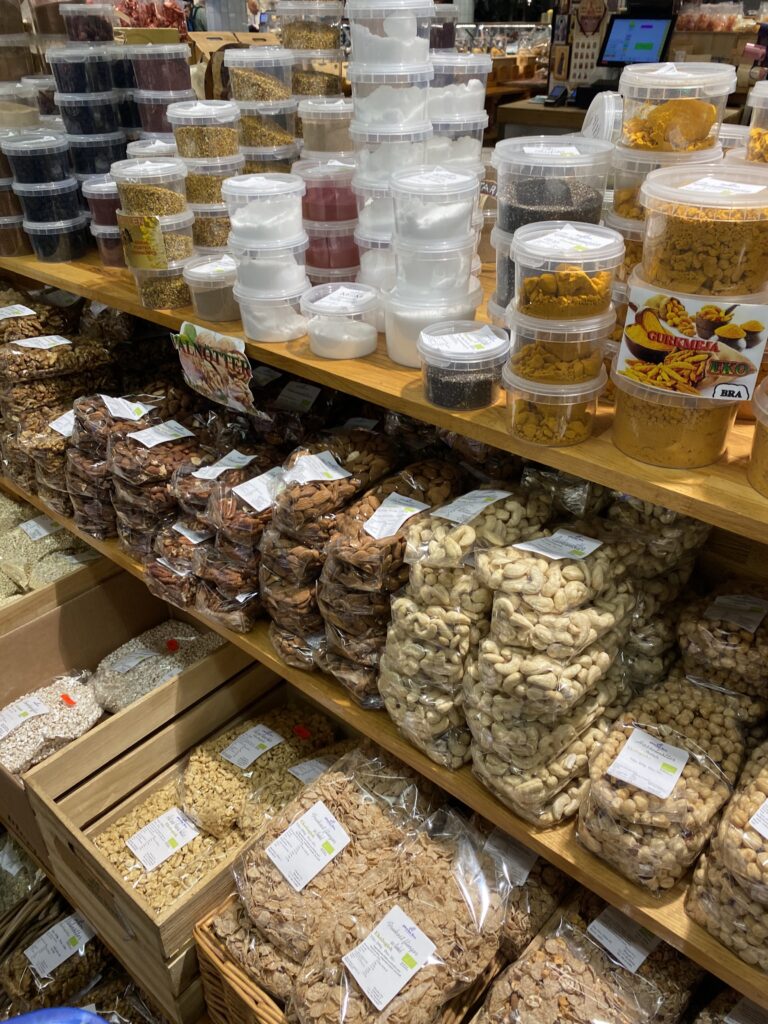
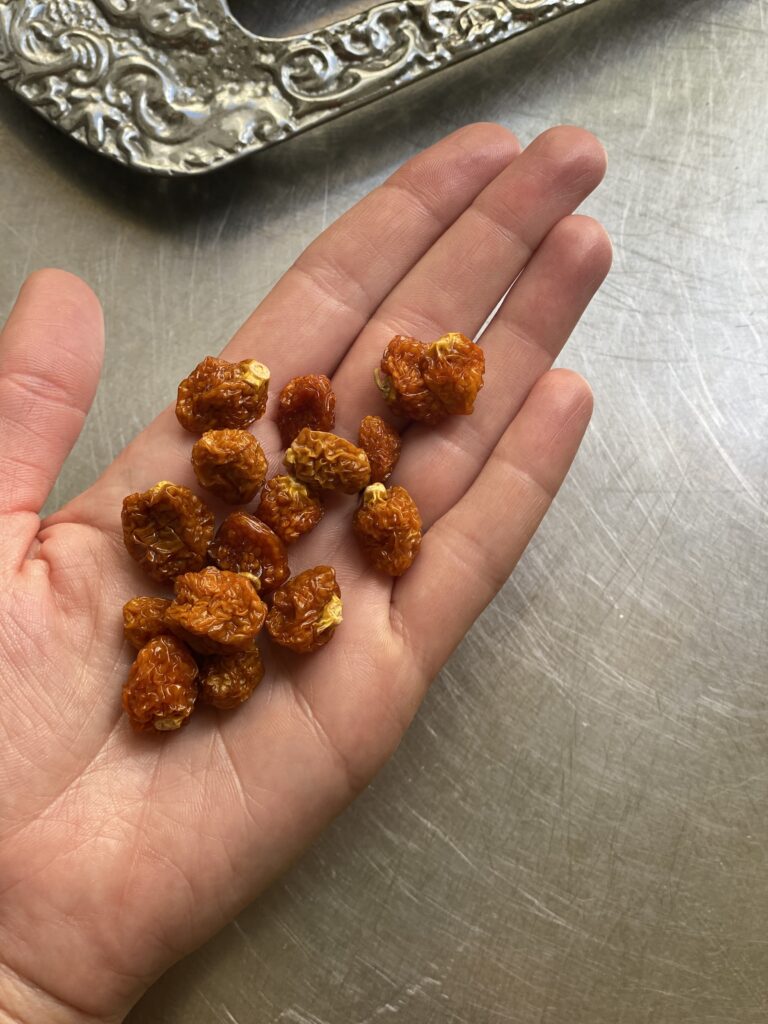
We will delve into juicer topics in upcoming posts- But I do realize , now more than ever, that the need to approach this lifestyle is not just about OUR health, but the impact it will have on OUR community and our children. Low-tox living won’t be optional in the future, but a STANDARD lifestyle approach. The more we demand transparency as consumers, the more options and results we hope to meet from those who take our money and produce our goods.
This is why I want to use this space to give light and centre stage to BRAND & PRODUCTS who produce and create from a place of integrity and purpose. Do you have any favourite sustainable brands ? ( please feel free to contact me and share or comment below).
Here are several reasons why it is crucial to follow a low-tox lifestyle in 2023:
- The most obvious- Health and Well-being: Scientific research consistently highlights the potential adverse effects of long-term exposure to synthetic chemicals and toxins on our health. These substances have been linked to various health issues, including allergies, respiratory problems, hormone disruption, reproductive disorders, and certain cancers. By adopting a low-tox lifestyle, individuals can reduce their exposure to these potentially harmful substances and prioritize their overall well-being.
- Our Beautiful Environment: The impact of toxic chemicals on the environment is a growing concern. Many synthetic chemicals end up in our waterways, soil, and air through the manufacturing process, use, and disposal of everyday products. They can contribute to pollution, harm wildlife, and disrupt ecosystems. Individuals can play a part in reducing their ecological footprint and promoting environmental sustainability by choosing low-tox alternatives and minimizing the use of toxic substances.
- Consumer Awareness and Demand: Consumers today are increasingly aware of the potential risks of toxic chemicals. As people become more mindful of the importance of a healthy and sustainable lifestyle, they actively seek out low-tox alternatives. This growing demand has increased the availability and accessibility of low-tox products, making it easier for individuals to make healthier choices for themselves and the environment.
- Precautionary Principle: The precautionary principle suggests that when there is a potential risk of harm to human health or the environment, it is better to take preventive action even without complete scientific certainty. Following a low-tox lifestyle aligns with this principle by proactively reducing exposure to potentially harmful substances, even if the full extent of their impact is not yet fully understood.
- Future Generations: Adopting a low-tox lifestyle is an investment in the well-being of future generations. By making conscious choices today, individuals can help create a cleaner and healthier environment for their children and future descendants. It is an opportunity to leave a positive legacy and contribute to a sustainable future.
In summary, following a low-tox lifestyle in 2023 is essential for safeguarding our health, protecting the environment, and safeguarding our children’s future. Friends, What kind of information would you like to know if you are starting this journey? What questions do you have? Please leave comments below.
With Love, Vie

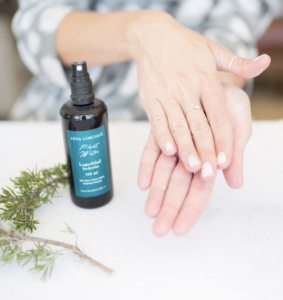

Leave a Reply